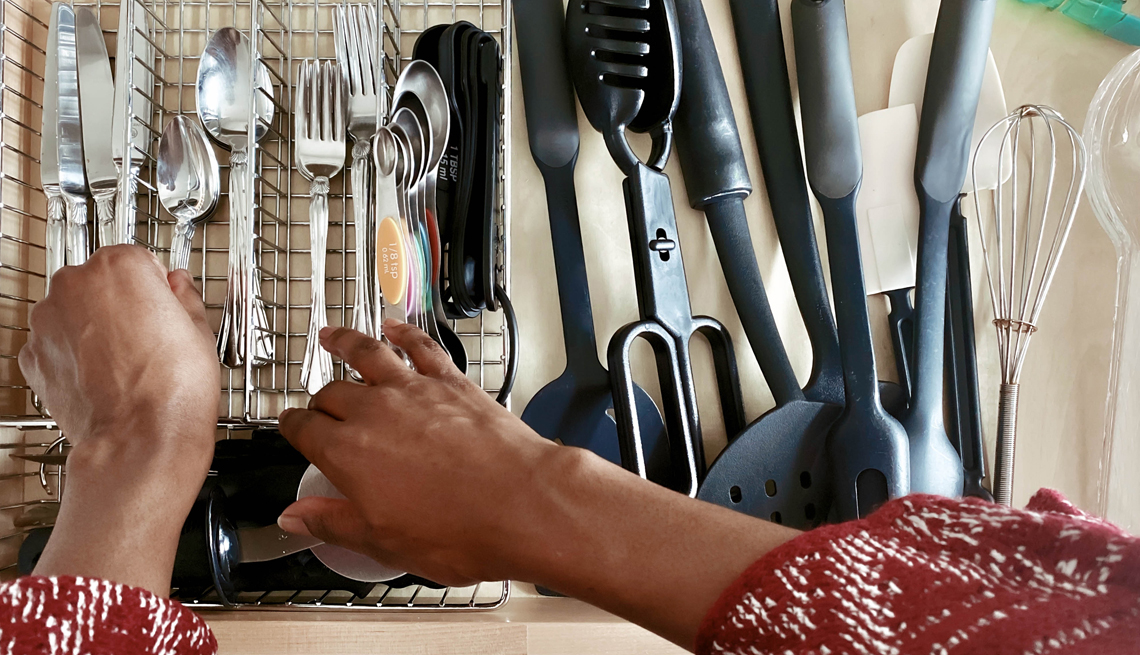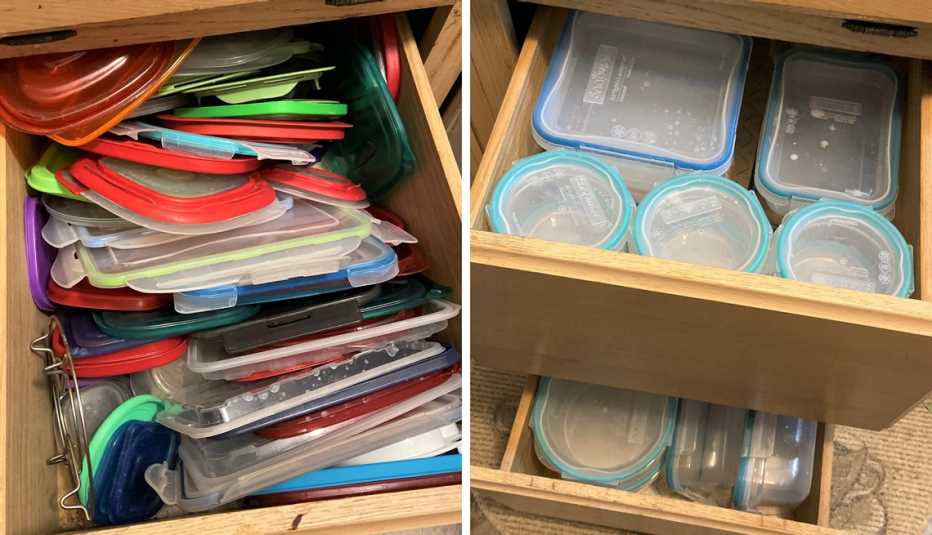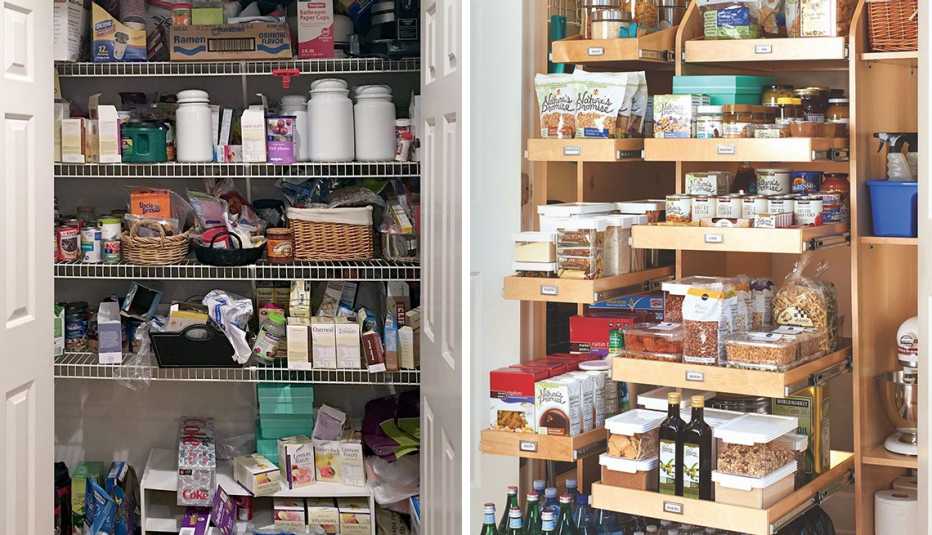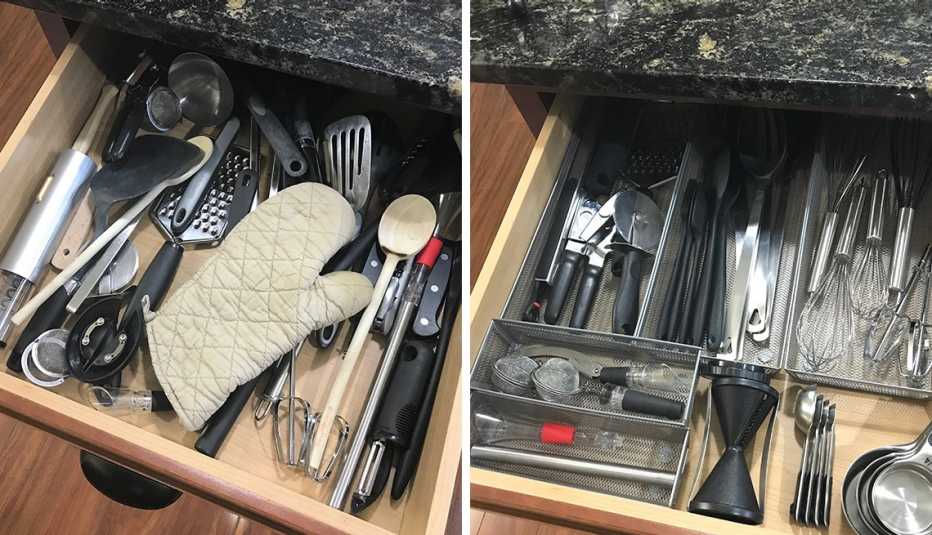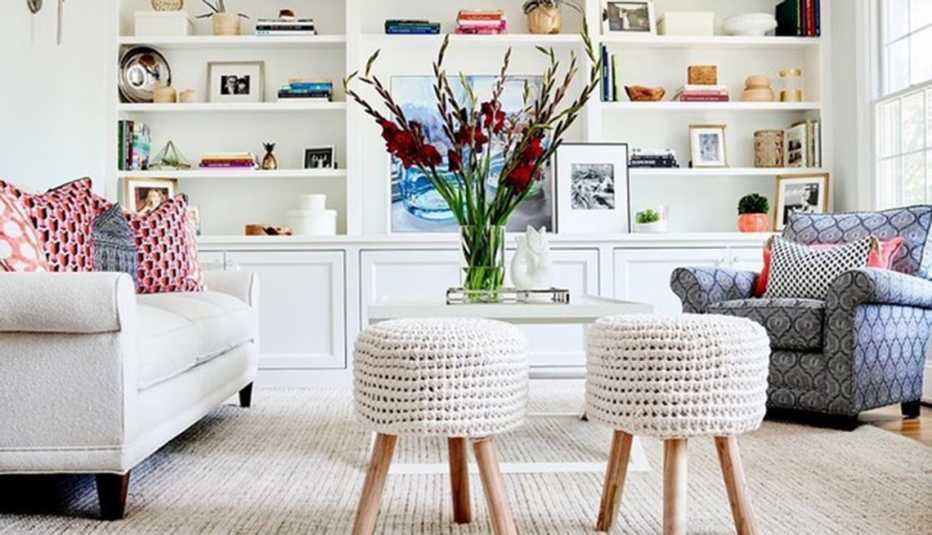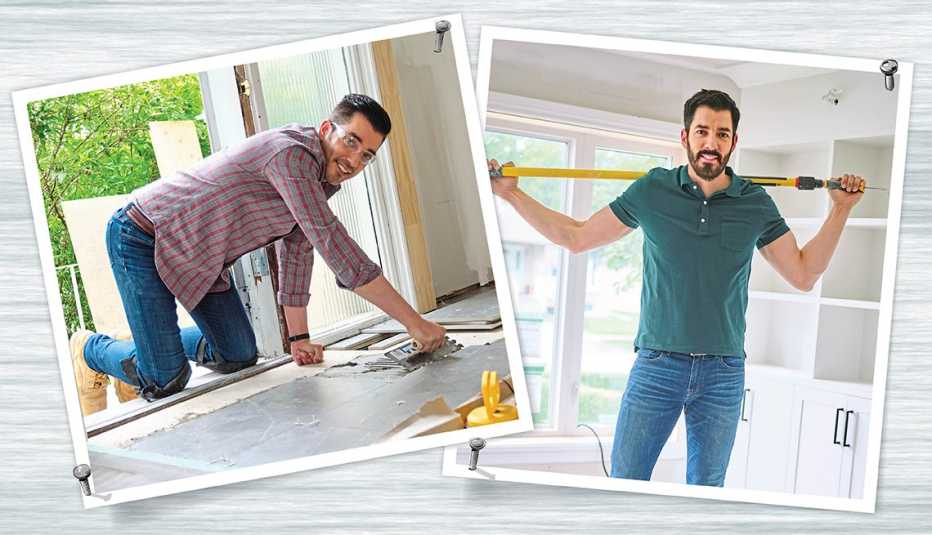Staying Fit
Like many people spending more time cooking and testing new recipes during the pandemic, you may have found your kitchen wanting in certain ways.


AARP Membership— $12 for your first year when you sign up for Automatic Renewal
Get instant access to members-only products and hundreds of discounts, a free second membership, and a subscription to AARP the Magazine.
Maybe you realized you're missing some useful gadgets, or you can never find the tool you need in that cluttered drawer, or you spend precious time hunting through the pantry for the cinnamon or the salt.
“The kitchen being the heart of the home where the most time is spent, people want things to work better and make their lives easier,” says Alan Regala, owner of ShelfGenie of Seattle, which provides custom organization solutions.
Making the kitchen more efficient and functional saves time, decreases stress while cooking and “helps people age in place and is easier on the body if they don’t have to bend awkwardly to get into a space,” he adds.
Many people want to simply want to be able to find or reach items in their kitchen and maximize storage, especially in small spaces.
“It’s not a one-size-fits-all approach,” says Jade Zygner, a professional organizer and owner of O.C. Declutter Solutions in Eagan, Minnesota. “What might work for one person may not work for another.”
Follow these five steps to make your kitchen or pantry more functional and efficient:
1. Evaluate the space
First, think about how you want to use your kitchen, what you have versus what you need and where items should go. Open your drawers and cabinets to take stock of what’s there.



























































